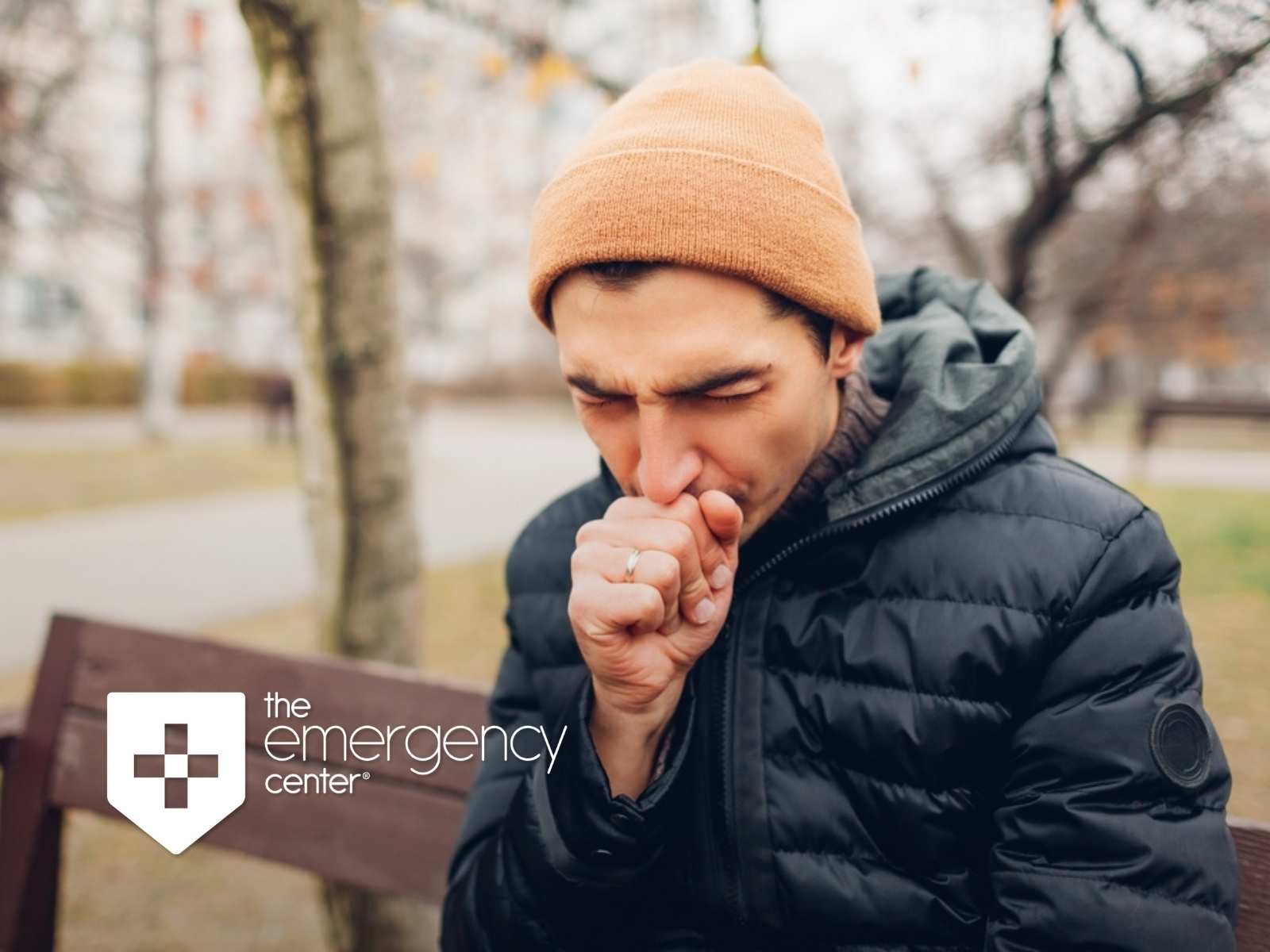Fall Upper Respiratory Concerns: What to Watch For & When to Visit the ER
As the weather cools and the days get shorter, fall brings not only crisp air and cozy gatherings but also a noticeable rise in respiratory illnesses. This season, people tend to spend more time indoors, where viruses spread more easily through coughing, sneezing, and shared surfaces. While many upper respiratory illnesses are mild and manageable at home, others can become serious and require prompt medical attention. Knowing what to look out for—and when to visit The Emergency Center—can make all the difference.

Common Upper Respiratory Illnesses in the Fall
The Common Cold
Colds are perhaps the most frequent illness during the fall months. Caused by several types of viruses, colds can lead to runny or stuffy nose, sneezing, sore throat, cough, and mild fatigue. While unpleasant, symptoms usually improve within 7–10 days with rest, hydration, and over-the-counter remedies.
Influenza (Flu)
Unlike the common cold, influenza tends to come on suddenly and with more intense symptoms. These include high fever, chills, body aches, headache, cough, and severe fatigue. The flu is more than just an inconvenience; it can cause serious complications, especially in young children, older adults, pregnant women, and individuals with chronic health conditions.
Respiratory Syncytial Virus (RSV)
RSV is a major cause of respiratory illness in infants and young children, though adults can catch it too. Symptoms often start off mild, resembling a cold, but RSV can progress to wheezing, rapid breathing, or bronchiolitis in more severe cases. Older adults are also at higher risk for RSV complications.
COVID-19
COVID-19 continues to circulate, and fall often brings new spikes in cases. Symptoms can overlap with flu and cold, including cough, fever, fatigue, and congestion. Some people may also experience loss of taste or smell, sore throat, or shortness of breath. COVID-19 can range from mild illness to severe respiratory distress requiring urgent care.
Sinus Infections and Bronchitis
Sometimes a viral illness can lead to secondary infections. Sinusitis may cause facial pressure, thick nasal discharge, and headaches, while bronchitis can lead to a deep, lingering cough. Though often treatable with rest and medication, these conditions can become more concerning if symptoms persist or worsen.
When to Go to the ER for Respiratory Issues: Critical Symptoms to Watch For
Many upper respiratory illnesses improve on their own, but there are times when professional care is critical. Visit the ER immediately if you or a loved one experiences:
- Severe or worsening shortness of breath
- Chest pain, pressure, or tightness
- A high fever that does not respond to over-the-counter medication
- Difficulty breathing or wheezing, especially in children or older adults
- Confusion, dizziness, or difficulty staying awake
- Severe sore throat with trouble swallowing or drooling
- Bluish lips, face, or fingernails
- In infants: rapid breathing, refusal to feed, dehydration, or lethargy
It’s always better to err on the side of caution, especially when breathing is affected or when symptoms escalate quickly.
How The Emergency Center Can Provide Immediate Help for Respiratory Concerns
At The Emergency Center, we are prepared to evaluate and treat a wide range of respiratory concerns 24/7. Our services include:
- Rapid diagnostic testing for flu, COVID-19, RSV, and strep throat
- On-site imaging such as chest X-rays to check for pneumonia or bronchitis
- IV fluids and medications for dehydration, pain, or high fever
- Advanced respiratory support for patients struggling to breathe
- Compassionate, comprehensive care to rule out complications and provide peace of mind
Our goal is to help you feel better quickly while ensuring that serious conditions don’t go undiagnosed.
How to Stay Healthy and Prevent Respiratory Illnesses This Fall
While not all illnesses can be avoided, there are steps you can take to reduce your risk:
- Wash your hands frequently and avoid touching your face.
- Stay up to date on flu and COVID-19 vaccinations.
- Keep your distance from others who are visibly ill.
- Clean frequently touched surfaces in your home.
- Get plenty of rest and maintain a healthy diet to support your immune system.
Fall respiratory illnesses are common, but some can quickly become serious. If you or a loved one develop concerning symptoms—especially difficulty breathing or chest pain—don’t delay seeking care. The Emergency Center is here 24/7 to provide fast, expert emergency treatment when you need it most.

The Emergency Center
San Antonio
11320 Alamo Ranch Pkwy
San Antonio, TX 78253
Phone: 210-485-3644
Conroe
4019 Interstate 45 N,
Conroe, TX 77304
Phone: 936-247-9457
